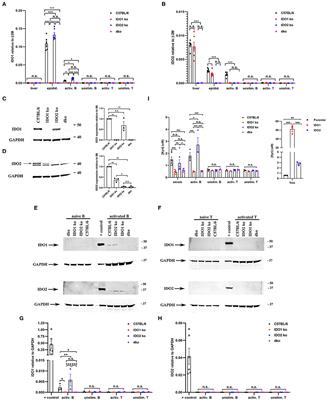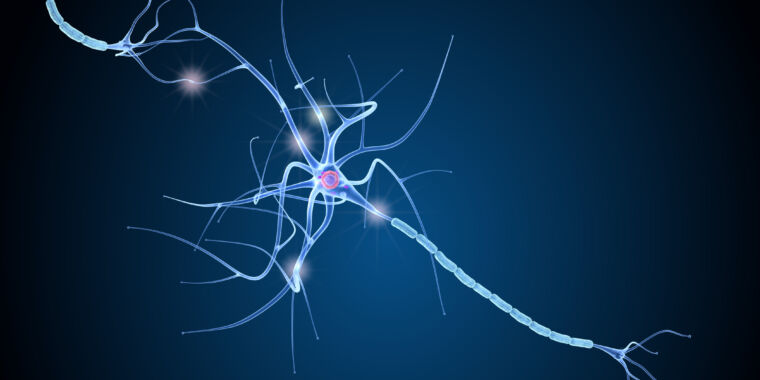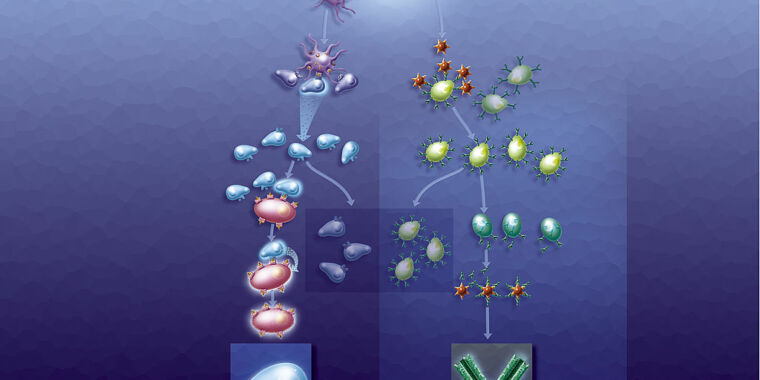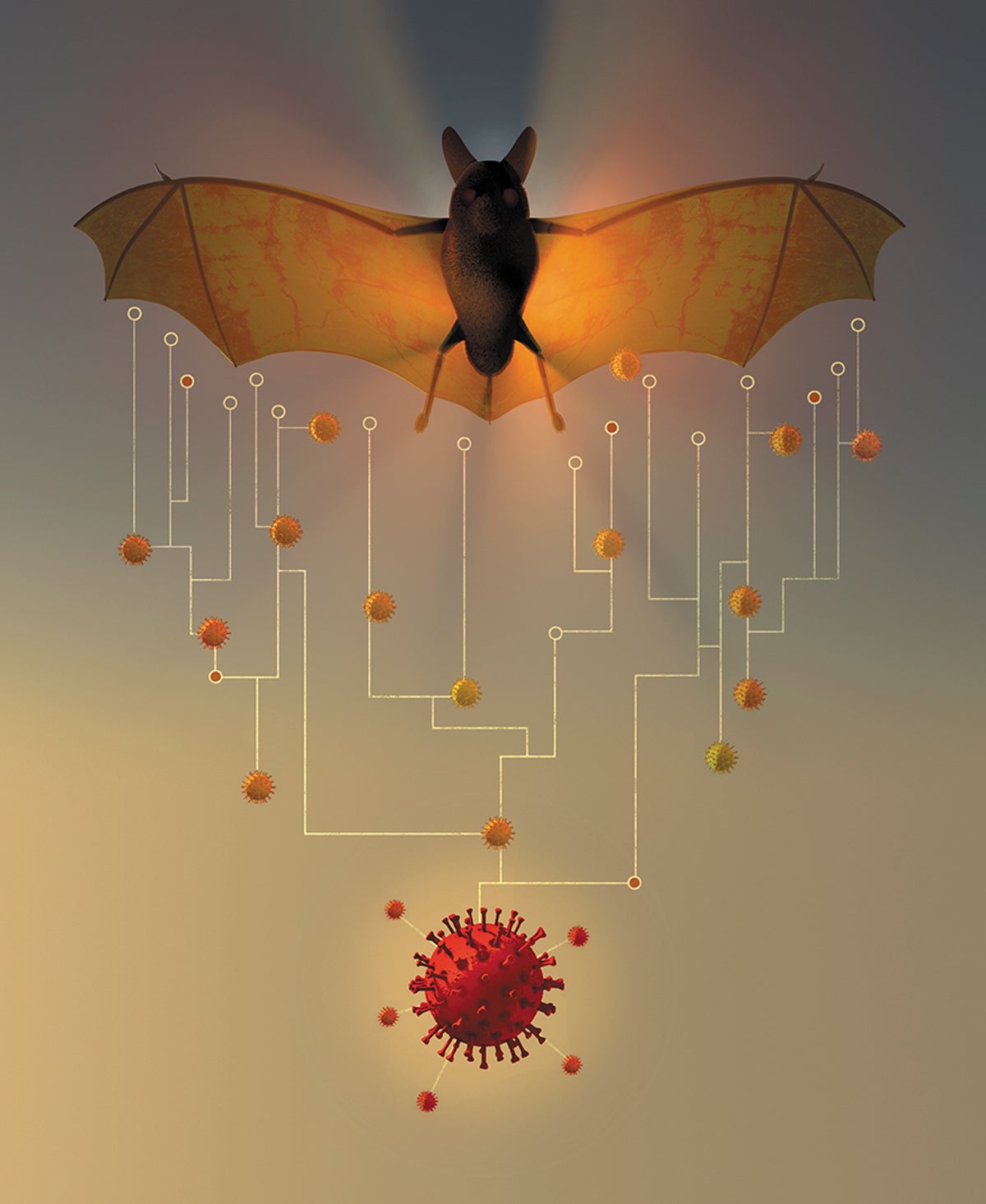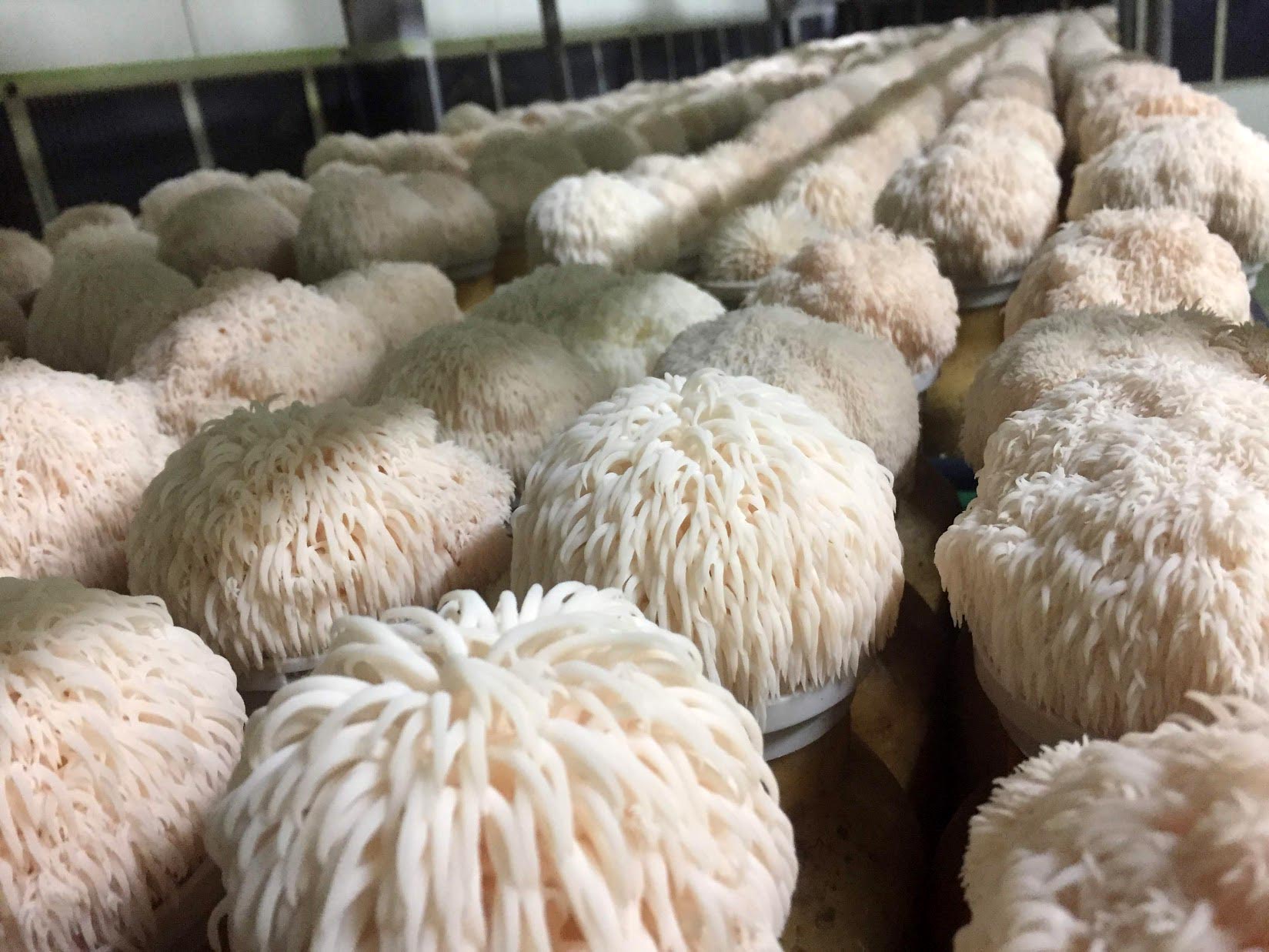Post covid symptoms. Or lasting long covid symptoms :
Are there other people wondering why they are so incredible yearning for meat (especially chicken) so often ? Just so strange...
According to research, it seems that people with post covid symptoms can have an issue with regulating the amount of the IDO2 enzyme in their tissues.
And IDO-2 enzyme has something to do with metabolizing tryptophan into a substance (kynurenine) that is used for immunoregulation.
I cannot even sleep when i yearn for flesh. Perhaps a tryptophan rich diet can help to alleviate the symptoms.
This seems to be an issue for prolonged post covid symptoms.
But perhaps also for victims with ME-CVS which seems similar at first glance.
Extreme tiredness or being tired fast after being very cognitive... Perhaps headaches after trying to think deeply...
Excerpt from text :
"
Post-acute sequela of SARS-CoV-2 infection (PASC) encompass fatigue, post-exertional malaise and cognitive problems. The abundant expression of the tryptophan-catabolizing enzyme indoleamine 2,3-dioxygenase-2 (IDO2) in fatal/severe COVID-19, led us to determine, in an exploratory observational study, whether IDO2 is expressed and active in PASC, and may correlate with pathophysiology.
Methods
Plasma or serum, and peripheral blood mononuclear cells (PBMC) were obtained from well-characterized PASC patients and SARS-CoV-2-infected individuals without PASC. We assessed tryptophan and its degradation products by UPLC-MS/MS. IDO2 activity, its potential consequences, and the involvement of the aryl hydrocarbon receptor (AHR) in IDO2 expression were determined in PBMC from another PASC cohort by immunohistochemistry (IHC) for IDO2, IDO1, AHR, kynurenine metabolites, autophagy, and apoptosis. These PBMC were also analyzed by metabolomics and for mitochondrial functioning by respirometry. IHC was also performed on autopsy brain material from two PASC patients.
Findings
IDO2 is expressed and active in PBMC from PASC patients, as well as in brain tissue, long after SARS-CoV-2 infection. This is paralleled by autophagy, and in blood cells by reduced mitochondrial functioning, reduced intracellular levels of amino acids and Krebs cycle-related compounds. IDO2 expression and activity is triggered by SARS-CoV-2-infection, but the severity of SARS-CoV-2-induced pathology appears related to the generated specific kynurenine metabolites.
Ex vivo, IDO2 expression and autophagy can be halted by an AHR antagonist.
Interpretation
SARS-CoV-2 infection triggers long-lasting IDO2 expression, which can be halted by an AHR antagonist. The specific kynurenine catabolites may relate to SARS-CoV-2-induced symptoms and pathology.
"
Indoleamine-2,3-dioxygenase (IDO)1 and IDO2 are two closely related tryptophan catabolizing enzymes encoded by linked genes. The IDO pathway is also immunomo...

www.frontiersin.org
Excerpt form the text :
"
Indoleamine-2,3-dioxygenase (IDO)1 and IDO2 are two closely related tryptophan catabolizing enzymes induced under inflammatory conditions that contribute to immune responses. IDO1 is widely expressed in both immune and non-immune tissues, whereas expression of IDO2 is restricted to liver, kidney, and antigen presenting cells (dendritic cells and B cells)
"
and
"
Taken together, IDO1 and IDO2 appear to play opposing roles in inflammatory immune responses, with IDO1 an important inhibitor of effector T cell-mediated responses, especially in the context of cancer, and IDO2 a critical proinflammatory mediator of B cell-mediated autoimmunity.
"
By Christopher Armstrong, PhD Dr. Robert Phair has recently published a paper detailing his “metabolic trap” hypothesis underlying ME / CFS, a theory that combines engineering and physiology put together by a man adept in both fields. Dr. Phair is co-founder and Chief Science Officer of...

www.omf.ngo
Excerpt form text :
"
This story isn’t solely about IDO2 though, it’s also about its brother, IDO1. The IDO1 and IDO2 genes are named so similarly because they each encode for enzymes that transform an essential amino acid (tryptophan) into an important regulator of the immune system (kynurenine). The main difference is that when tryptophan is at high levels in a cell, the IDO2 enzyme increases its production of kynurenine while, surprisingly, the IDO1 enzyme decreases its production of kynurenine. If you have a problem with IDO2 (mutations in the gene) then you must rely solely on IDO1 to produce kynurenine from tryptophan. If for any reason the tryptophan levels in a cell rise too high, then IDO1 will stop making kynurenine and tryptophan levels will remain high. This is the IDO metabolic trap.
"
As an important sidenote :
It also makes me think of EBV infected memory b cells. How does IDO-2 affect these EBV infected memory b cells ?
And the strength of the immune response of the immune system resulting perhaps in :
- EBV reactivation ? ( Reason : The increase of patients with feeling extreme tiredness after the inital SARS-CoV2 [COVID] infection).
- toxoplasmosis reactivation ? (Reason : The increase of patients with depression and/or other psychiatric problems during the outbreak of SARS-CoV2 [COVID]).
What happens exactly with those EBV infected memory b cells ? Is there an increase in chance of getting an autoimmune disease, statistically speaking ? Perhaps yes , i would guess...
The last footnote about diseases caused by faulty mitochondria or ATP function or level disorders :
Since IDO-2 regulates immuno response by regulating memory b cells.
There is mentioning of failing mitochondria in cells with too much IDO-2 present.
Perhaps this has to do with the possibility of a particular Chlamydiae infection like for example Chlamydia psittaci becoming more active again when a SARS-CoV2 infecion is present or when post covid symptomes are there.
Chlamydiae are known ATP parasites , stealing ATP from eukariotic cells for their own survival and replication.
Chlamydiae seems to be not more than 250nm or 300nm in size (RB) and 500nm to 600nm in size (EB).
Chlamydiae lives inside the cell of for example animals but also humans to grow and replicate.
And eukariotic cells are a lot bigger, up to 100um.
This information may be helpful in diseases where the mitochondria are affected or the ATP production is there but the ATP is not usable...
When the cells in our body do not have sufficient ATP, the cell cannot function properly and things like protein malformation may perhaps occur or problems translating DNA into RNA , mRNA or aminoacids->protein, or some epigenetic function to control DNA : Gene expression...
See post #333 for more information about Chlamydiae living inside in cells :
Page 14 - Seeking answers? Join the AnandTech community: where nearly half-a-million members share solutions and discuss the latest tech.

forums.anandtech.com
Other information about Chlamydiae :

 microbiologysociety.org
microbiologysociety.org



